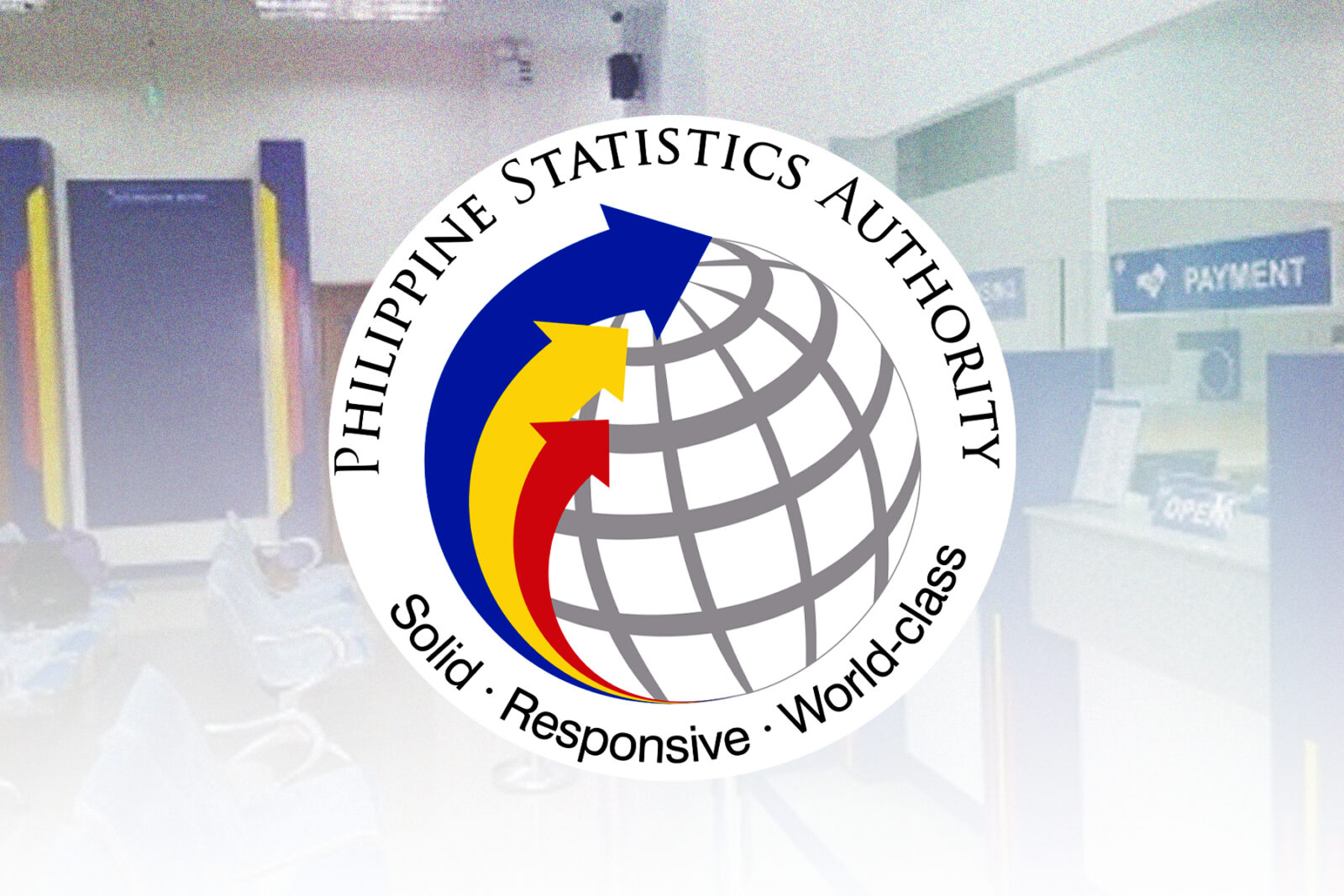Healthy exports narrowed PH trade gap in Sept

The country’s trade deficit narrowed in September as export sales continued to rise despite US tariff woes, the Philippine Statistics Authority (PSA) reported on Thursday.
Data from the PSA showed that the country’s trade-in-goods deficit, or the difference between exports and imports, narrowed by 14.7 percent to $4.35 billion in September compared to $5.1 billion in the same month last year on robust electronics exports.
But the figure was wider than last month’s $3.54-billion gap.
Year-on-year, exports surged by 15.9 percent to $7.25 billion compared with the previous year, while imports grew at a slower pace of 2.1 percent to $11.6 billion.
Exports rose despite the 19-percent tariff that the United States imposed on Filipino goods starting Aug. 1, which Malacañang said in July would have a minimal impact on the country’s economy.
The United States is back as the country’s top export market, after being dethroned by Hong Kong last August, accounting for 15.3 percent or $1.11 billion of the total exports in September.
According to Jonathan Ravelas, senior adviser at Reyes Tacandong and Co., export sales will not significantly dwindle despite the tariffs.
“The US remains our top export market because American firms still demand high-value Philippine goods, especially electronics and services. Tariffs have not stopped trade where quality and reliability matter,” he said.
Electronic products remained the key driver in the country’s export surge in September, making up more than half of the country’s total exports or $4.02 billion. This was up from $3.14 billion in earnings in the same month last year.
The same commodity group also dominated the country’s total imports, accounting for $3.05 billion or 26.3 percent of the total.
China, meanwhile, is still the largest supplier of the country’s imported goods, accounting for $3.29 billion or more than a quarter of the total in September.
“China dominates our imports simply because it supplies everything, from raw materials to consumer goods, at scale and low cost,” Ravelas said.
“The lesson is we must diversify markets and upgrade local industries to reduce dependency and boost our resilience,” he added.





















